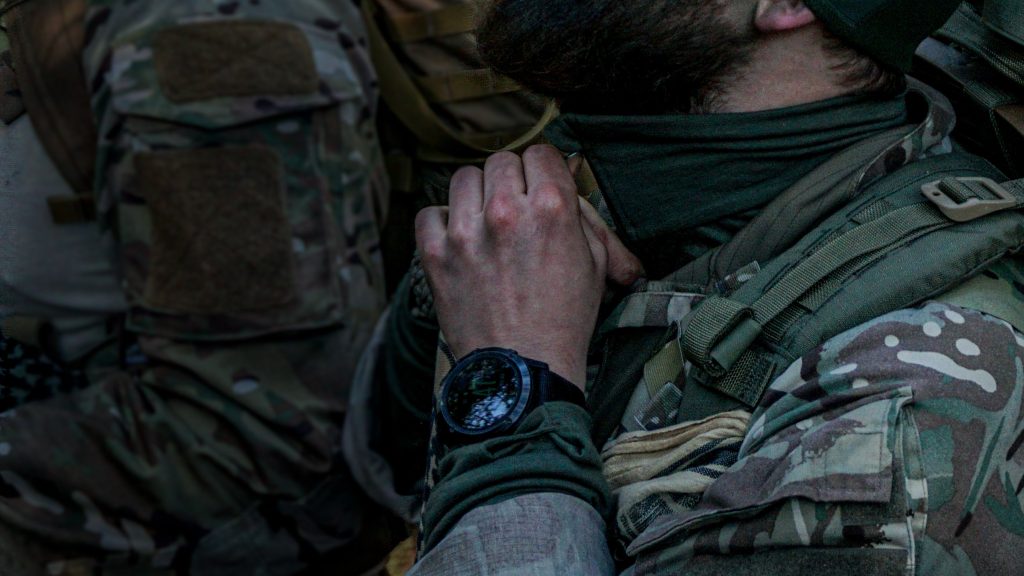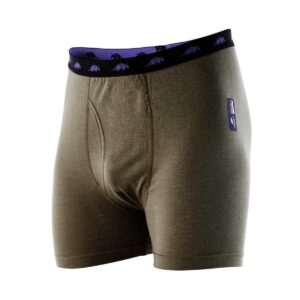Over the centuries, soldiers have always worn the materials (linen and wool) available and used by all people as underwear. Generally the skin layer was in linen, a sturdy and transpiring vegetable fiber, which softened with use, while the wool was used as a “second” layer, for cloaks, winter tunics and socks.
For centuries things have changed little, except in the shape of the garments, it is in the twentieth century that there is a revolution with the intensive use of cotton, cheaper than linen, especially after the Second World War. Cotton which, apart from its economy and strength, is certainly not a performing fabric, especially in cold weather conditions, where it easily leads to hypothermia, not thermoregulating when wet. In fact, for the winter the military thermal underwear remains in wool until the 90s, when polypropylene supplants it, for the usual economic reasons. The primary limitation of polypropylene is the fact that it quickly smells bad. Bad odor is a minor problem for the military, in fact they replace polypropylene with polyester, which allows, in the most advanced products, a fair bacterial control.
Here you will find our selection of thermal underwear in merino wool
Evolution
The real problems are during the War on Terror , when with the intensive use of IED , first in Iraq then also in Afghanistan, there are hundreds of “casualities” due to the thermal wave of the explosions, which created terrible burns, due to‘synthetic underwear (polyester) that melted on the skin, of those who were not even scratched by splinters or shockwaves of explosions. We ran for cover with the use of aramidic fibers (fireproof) very expensive and relative comfort. Someone thinks back to wool, now Merino, for military underwear. Merino wool was already used for socks, plus it combines features such as thermoregulation and comfort, with natural flame retardant properties, much superior to synthetics. Due to the cost, Merino wool is not yet the massive choice for the Armed Forces, but Special Forces operators as well as many soldiers who buy underwear from their own pockets are leading the way. We always talk about military men’s underwear, but it is also necessary to remember the women on duty and there is a complete choice of products with a feminine fit, to note the “sports” bras that offer comfort and support in all activities.








